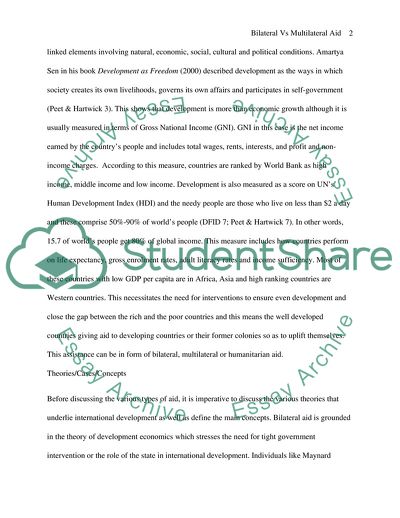Cite this document
(The Pros and Cons of Bilateral Versus Multilateral Aid Term Paper Example | Topics and Well Written Essays - 2750 words, n.d.)
The Pros and Cons of Bilateral Versus Multilateral Aid Term Paper Example | Topics and Well Written Essays - 2750 words. https://studentshare.org/politics/1847880-what-are-the-pros-and-cons-to-bilateral-versus-multilateral-aid
The Pros and Cons of Bilateral Versus Multilateral Aid Term Paper Example | Topics and Well Written Essays - 2750 words. https://studentshare.org/politics/1847880-what-are-the-pros-and-cons-to-bilateral-versus-multilateral-aid
(The Pros and Cons of Bilateral Versus Multilateral Aid Term Paper Example | Topics and Well Written Essays - 2750 Words)
The Pros and Cons of Bilateral Versus Multilateral Aid Term Paper Example | Topics and Well Written Essays - 2750 Words. https://studentshare.org/politics/1847880-what-are-the-pros-and-cons-to-bilateral-versus-multilateral-aid.
The Pros and Cons of Bilateral Versus Multilateral Aid Term Paper Example | Topics and Well Written Essays - 2750 Words. https://studentshare.org/politics/1847880-what-are-the-pros-and-cons-to-bilateral-versus-multilateral-aid.
“The Pros and Cons of Bilateral Versus Multilateral Aid Term Paper Example | Topics and Well Written Essays - 2750 Words”. https://studentshare.org/politics/1847880-what-are-the-pros-and-cons-to-bilateral-versus-multilateral-aid.


